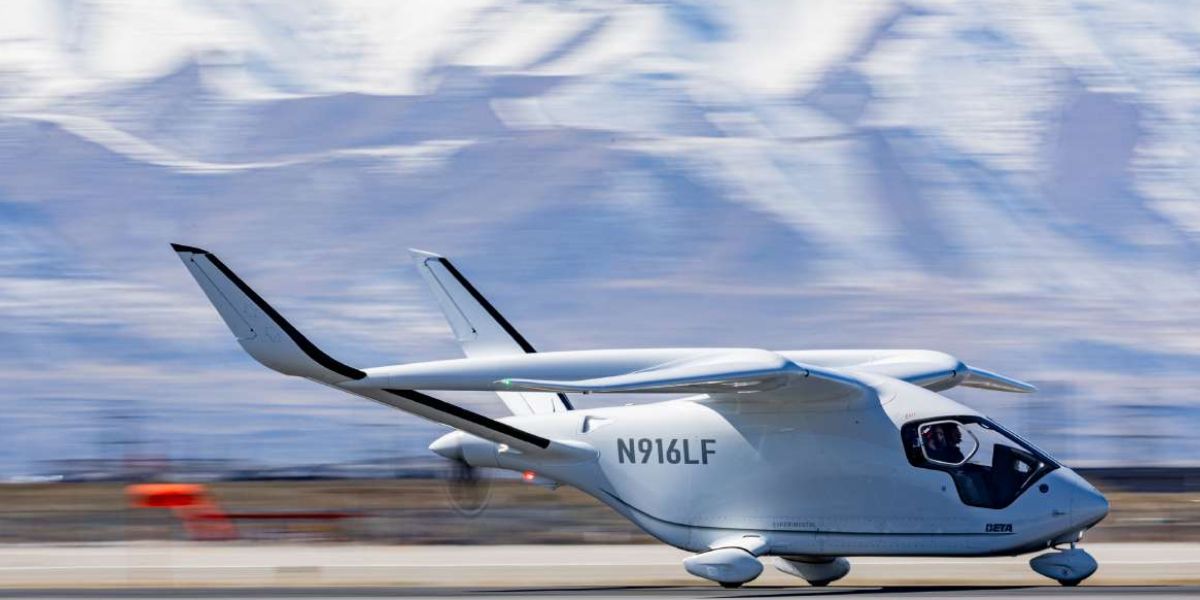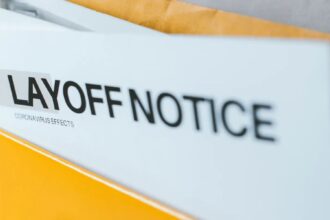Following Beta Technologies’ successful landing of a passenger-filled prototype at John F. Kennedy International Airport in New York City last week, on-demand, electric air travel is getting closer to becoming a reality in Utah.
In January, Utah-based aerospace and defence business 47G and Vermont-based electric aircraft and charging maker Beta Technologies inked a historic memorandum of intent, paving the way for electric flight in Utah.
The Air Logistics Transportation Alliance, or Project Alta, was officially launched by 47G in May 2024.
47G, the Utah Governor’s Office, the Utah Department of Transportation, the Utah Inland Port Authority, and other stakeholders are working together on the project, which intends to create a “advanced air mobility system” for the state.
However, since the demonstration flight was the first time Beta Technologies’ electric aircraft, named Alia, was flown with passengers on board, it represents a major step towards introducing on-demand air transport to Utah.
The 45-minute trip from Long Island to New York included a pilot and four passengers, including Rob Wiesenthal, CEO of Blade Air Mobility, and Matt Koscal, president of Republic Airways.
“Flying our electric aircraft into one of the world’s busiest airports, with passengers, proves advanced air mobility is not some future concept, it’s here,” Kyle Clark, founder and CEO of BETA Technologies, said in a statement. “Today’s flight is about more than technology; it’s about innovation and connecting communities in safer, quieter, and more efficient ways.
“After years of rigorous safety testing in all types of environments, we’re proud to stand here with the Port Authority and the city of New York to demonstrate exactly how this aircraft can serve cities by easing congestion, reducing emissions, and increasing accessibility.”
In contrast to the anticipated $160 in fuel expenses for a helicopter making the same trip, Beta Technologies claims that the energy cost for the 45-minute flight was only $7. The FAA gave the business a market survey ticket that permitted it to operate beyond of its core test area, and the Alia flew at 135 knots.
To demonstrate their electric Alia aircraft, Beta Technologies travelled to Utah in March and flew demonstrations for six days throughout the state.
Provo, Ogden, and Salt Lake City are “high” on the list of places to introduce advanced air mobility. He added that schools like Utah State University, Southern Utah University, and Utah Valley University could provide pilot training at the same time.
Possibly connecting Logan and Salt Lake City in 20 minutes or Salt Lake City and Moab in 40 minutes, passenger flights would start after cargo. The technology has the potential to provide transportation alternatives throughout the state, cutting commute times without sacrificing air quality, according to Ryan Starks, executive director of the Utah Governor’s Office of Economic Opportunity.









